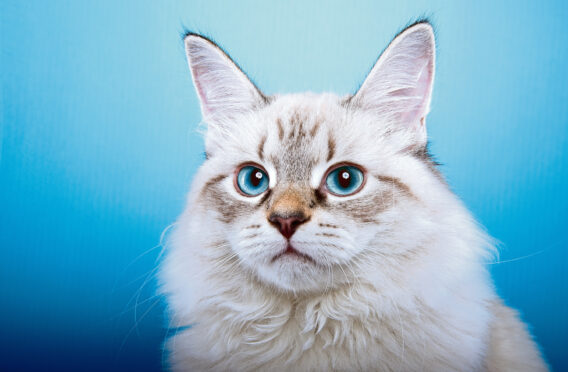
From guard animals to becoming a beloved family member, animals have offered humans love and companionship for hundreds of years. Laura Smith talks to Jane Hamlett and Julie-Marie Strange about their new book charting the evolution of pet ownership across the centuries.
What are some early examples of pet ownership?
Emotional relationships between people and animals go back millennia. Cleopatra had cats, dogs are in the Domesday book and Mary, Queen of Scots, was reputedly accompanied to her execution by a black terrier.
Some people kept animals that weren’t remotely suited to domestic life. The artist Dante Gabriel Rossetti had a wombat; Charles Dickens kept ravens; sailors returned from global travel with monkeys and parrots. Chaos – and often the animals’ premature demise – usually ensued.
When and what animals were first kept as pets in Britain?
The Victorians kept an astonishing range of wild animals as pets, from squirrels and hedgehogs to foxes and hares. Birds were the most popular pet from the 1840s to the 1950s because they were so cheap. But dogs were the most prized pet. They were expensive to buy and keep, and thought to have empathy with humans.
When did the Pet Revolution begin in Britain?
The expansion of consumer markets and slow increase in living standards over the Victorian period made keeping pets more accessible. The Victorians idealised home and animals were increasingly seen as valued members of family life.
Queen Victoria popularised pets as family in 1843 when she and Prince Albert were painted with the Princess Royal and their dogs. The first pet-keeping handbook was published in 1851 by Jane Loudon and Lady Cust wrote the first manual in 1856, noting the “crazy cat lady” stereotype even then. By 1900, shopkeepers began to market “pets” as family members.
When did animal welfare become more important?
The SPCA began campaigning on animal welfare in England in 1824 but this was restricted to livestock and working animals. It wasn’t until the end of the 1800s that organisations began to campaign for better regulation of domestic animals and the SPCA began to inspect people’s homes.
The 1890s saw a proliferation of domestic animal welfare initiatives and the birth of animal charities that regulated pet sales and pet keeping. Some of these early charities are still operational today, like Blue Cross (then called Our Dumb friends League) and the Dogs Trust (then called the Canine Defence League).
Have the reasons for keeping pets changed over time?
People have always invested emotionally in animals. Author and illustrator Beatrix Potter was consumed by guilt when her pet family of snails died and Edwardian playwright George R Sims had his portrait painted with his pets sat at the table sharing Christmas dinner.
People kept animal companions for other reasons too. Before the advent of burglar alarms, dogs were kept for security (with varying degrees of success). Cats and even hedgehogs might be kept for pest control. And, then, as now, some people kept some pets because they were fashionable or status symbols.
What are the benefits of animal companionship?
Animals have long been proven to improve human happiness and are staunch friends in the face of loneliness. Children and pets have long forged strong alliances against the tyranny of adults.
How have attitudes to pet ownership changed?
Which animals we keep, where they come from and how we live with them have changed dramatically over the past two centuries. Since the 1970s, we have become unabashed in talking about pets as family members, especially as more people live alone.
And, crucially, veterinary medicine had expanded massively since the Victorians were advised to operate on cats themselves!
Pet Revolution: Animals And The Making Of Modern British Life, by Jane Hamlett and Julie-Marie Strange, Reaktion Books, £20

Enjoy the convenience of having The Sunday Post delivered as a digital ePaper straight to your smartphone, tablet or computer.
Subscribe for only £5.49 a month and enjoy all the benefits of the printed paper as a digital replica.
Subscribe